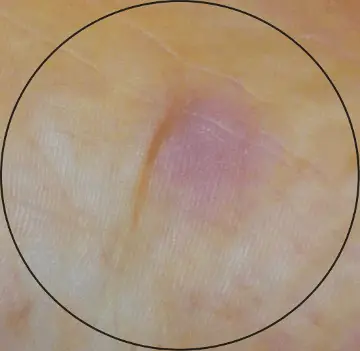Does pacing matter in finishing running races or marathons? It does. I narrate my personal experience of running a 10K and a quick review of literature.
As my enthusiasm in running grows, I also learn a lot while doing it to improve my performance. My very limited experience in my three 10K runs so far gave me good insights. And research has time and again provided good information to verify lessons learned from experience.
This is what I learned: that pacing evenly in running appears to be a better strategy than running the race fast in the early half and slowing down in the next half (called positive split) or running slow the first half and faster in the second half (negative split).
Research findings support this observation. In an article titled Pace Yourself in Runner’s World, researchers found that current world records in running were broken with an even split or simply uniform speed all throughout the race.
Applying the Positive Split
Taking the advice of a runner friend and just for fun, I tried the positive split in the 10K run I joined last Sunday, May 4. That means I’ll run as fast as I can for four minutes or so, then establish my pacing for the rest of the distance.
I did run so fast in the first kilometer that I am ahead of the pack (I never thought I could do that) but then I slowed down to establish my pace after roughly four minutes of sprinting. At that point, I saw many runners whiz past me.
My pacing appears to be too slow for the fast batch of athletes who maintained a fast pace but I was not tempted to keep pace with these well-trained athletes knowing I have a very limited training period of a little over than one year. Those runners have been training for decades! I saw my runner friend take the left lane to keep up with the pack.
I tried to keep up with the pacing of a well-known veteran runner (he’s 74 but still running strong) but decided that the pace is too fast for me so I lagged a little behind. Besides, as I ran with him at the left side, I am wary of the vehicles behind me and decided to stay behind him and see how he paced himself. I noticed he’s adding more speed in his pace as I try to keep up, or probably it’s me generally reducing my speed as I feel my legs are no longer cooperating as they should.
Anyway, I still saw him when I was a few hundred meters away from the finish line. I finished at 1 hour and 3 minutes. Not bad for a 10K but not so good as my previous one-hour 10K when I applied the even running pace. I felt my legs almost cramping in the last 50 meters or so. But I did finish the 10K.
I had hoped that in my last run it should have been sub-one hour. But at least that’s only three minutes below target.
Sneaker Factor?
My pair of new sneakers by Nike, Lunarlon Forever 2, appeared to have affected my performance. It’s a little cramped at the forefoot. I can feel my left foot heating up probably because of friction as my shoe has not expanded yet to fit my foot with use. The last 10K run is the third time I used it.
I saw a dark spot under my sole when I inspected it after the run (see below). It may have progressed into a blister had I run more kilometers. I didn’t experience this with my Adidas Soltech 2 where there’s an air vent under it; but that one soaks when I run on puddles or on grass on those rainy days.

After the 10K Run
I lacked mileage, according to the veteran runner when he approached me upon arriving at the finish line. That means I should run more, train more or increase my distance per session. I’m doing my running at only three days a week.
My runs do not really qualify as marathon because the official distance for a marathon is 26.2 miles or 16.17 miles. I have yet to run the half-marathon to get the feel of how a marathon is. So I set my eyes on the 21K run in September and aim to become a finisher.
I will add more points to my aerobics training program and see how it works. Fifty points a week is not enough to break a personal best.
© 2014 May 7 P. A. Regoniel

